9 Ways Restaurants Get You to Spend More
Times are tough for restaurants.
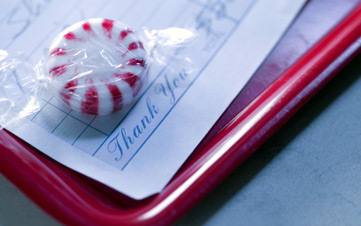

Times are tough for restaurants. The average check size has increased just 1.7% per year over the past five years, according to NPD Group, a market research firm. That’s because diners are watching what they spend at restaurants by forgoing pricey extras, such as drinks and appetizers, says Bonnie Riggs, NPD Group’s restaurant industry analyst.
In response to penny-pinching patrons, restaurant owners are compelled to find creative ways to get customers to fork over more cash. We’ve identified nine common tactics -- ranging from the subtle to the overt -- with the help of restaurant industry veterans, consultants and researchers. All are designed to increase the cost of your next meal out.
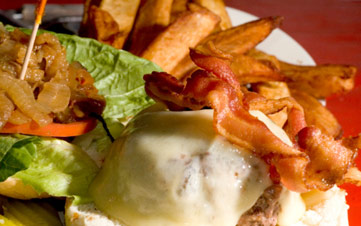
1. The Upsell
Servers will attempt to upsell you during every step of the meal-ordering process to increase your bill, says David Bakke, a former restaurant manager who is now an editor for the blog Money Crashers. When you order a burger, for example, you’ll likely be asked whether you want cheese with it. Or if you order a steak, you might be asked if you would like a side of creamed spinach. Price-conscious diners should ask immediately if proposed extras will add to the bill.

2. The Downsell
Beware a little reverse psychology from your server. Some restaurants will recommend lower-priced items on their menus -- often with the good intention of providing better value and encouraging repeat visits. Still, the approach can lead customers to spend more in total for several lower-priced items than they might have spent on a single, higher-priced meal, says Tom Frank, one of the creators of the P.F. Chang’s restaurant concept, who advocates the value-selling approach.

3. Wordy Menu Descriptions
Think $12.95 is too much to pay for a salad? What if it’s a Kentucky Bibb lettuce salad with heirloom tomatoes, Maytag blue cheese, crispy bacon and homemade bourbon-infused vinaigrette? Carefully crafted descriptions can soften the price in a customer’s head, says Gregg Rapp, a menu engineer with 31 years of experience helping restaurants increase profits. In particular, descriptions that use geographic labels (Austin Tex Mex), nostalgic terms (Uncle Bob’s barbecue), sensory triggers (sizzling, savory, creamy) and brand names (San Marzano tomatoes) are most effective at creating a sense of value for customers.

4. Menus Without Dollar Signs
Another way restaurants “soften” prices is to leave dollar signs off their menus, Rapp says. A study by researchers at Cornell University’s Center for Hospitality Research found that diners given a numeral-only menu spent 8.15% more, on average, than customers given a menu with dollar signs.
Rapp also advises restaurants to omit the dots that connect prices to items on menus. The dots make it easier for patrons to scan menus for the cheapest price, then to follow the line of dots over to the item to order it.

5. Menu Item Placement
Savvy restaurant owners will place items that they want to sell most in the top spot under each course offering, Rapp says. Sometimes these items might be the highest-priced, such as lobster or foie gras. Other times, the items in the top spots will carry the highest profit margin (think cheap ingredients such as pasta that can be gussied up). Restaurants also will place boxes around higher-priced items to draw diners’ attention to them.

6. The Daily Special
The daily special is pushed heavily by servers, Bakke says, because it often costs more than regular menu items and can carry a higher markup. But patrons might not realize this because the price of the special isn’t always printed in the menu. Servers usually just rattle off a list of specials without quoting dollar figures. It’s then up to patrons to ask for the price of each special -- or potentially face a costly surprise when the bill arrives.

7. The Background Music
The music a restaurant plays can affect the amount of money you spend. A study by Scottish researchers found that customers spent 23% more on food and drink when slow music was playing than when the soundtrack featured fast music. And a separate study by British researchers found that restaurant tabs were 10.4% higher when classical music was played than when pop music was piped in.
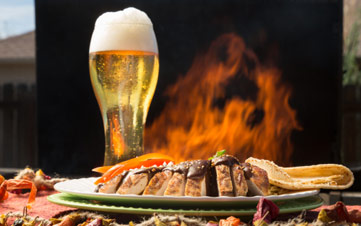
8. Souvenir Items
- Many restaurants -- chain restaurants, in particular -- make a lot of money selling souvenir items in addition to food. One source with 23 years of experience as a waiter, bartender and supervisor at a popular restaurant chain says that customers often don’t want to feel like they’re being pushed to buy a souvenir, though. So when the source (he asked not to be named to protect his employment prospects in the industry ) asks patrons whether they want a small or large cocktail, he tells them that they get to keep the glass if they order a large. Usually, he says, they go for the large.
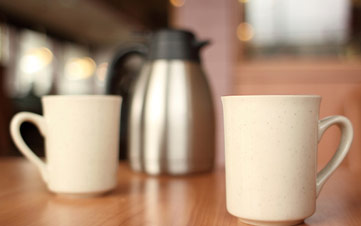
9. Refills
Because many restaurants don’t charge extra every time the server adds more coffee to your cup or iced tea to your glass, it’s easy to assume that refills will be free everywhere you go. However, some restaurants charge for refills but only divulge that fact in the menu’s fine print -- or not at all. A table of four that orders refills during the meal and again during coffee service might unwittingly add $20 to a tab. If it’s not clear whether refills are free, ask.
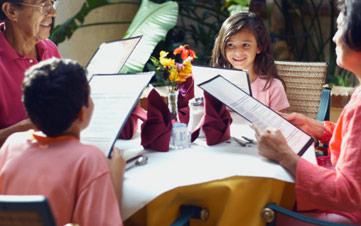
Get Kiplinger Today newsletter — free
Profit and prosper with the best of Kiplinger's advice on investing, taxes, retirement, personal finance and much more. Delivered daily. Enter your email in the box and click Sign Me Up.

Award-winning journalist, speaker, family finance expert, and author of Mom and Dad, We Need to Talk.
Cameron Huddleston wrote the daily "Kip Tips" column for Kiplinger.com. She joined Kiplinger in 2001 after graduating from American University with an MA in economic journalism.
-
 Financial Planning's Paradox: Balancing Riches and True Wealth
Financial Planning's Paradox: Balancing Riches and True WealthWhile enough money is important for financial security, it does not guarantee fulfillment. How can retirees and financial advisers keep their eye on the ball?
By Richard P. Himmer, PhD Published
-
 A Confident Retirement Starts With These Four Strategies
A Confident Retirement Starts With These Four StrategiesWork your way around income gaps, tax gaffes and Social Security insecurity with some thoughtful planning and analysis.
By Nick Bare, CFP® Published
-
 What to Do With Your Tax Refund: 6 Ways to Bring Growth
What to Do With Your Tax Refund: 6 Ways to Bring GrowthUse your 2024 tax refund to boost short-term or long-term financial goals by putting it in one of these six places.
By Rachael Green Published
-
 What Does Medicare Not Cover? Eight Things You Should Know
What Does Medicare Not Cover? Eight Things You Should KnowHealthy Living on a Budget Medicare Part A and Part B leave gaps in your healthcare coverage. But Medicare Advantage has problems, too.
By Donna LeValley Published
-
 15 Reasons You'll Regret an RV in Retirement
15 Reasons You'll Regret an RV in RetirementMaking Your Money Last Here's why you might regret an RV in retirement. RV-savvy retirees talk about the downsides of spending retirement in a motorhome, travel trailer, fifth wheel or other recreational vehicle.
By Bob Niedt Published
-
 The Six Best Places to Retire in New England
The Six Best Places to Retire in New Englandplaces to live Thinking about a move to New England for retirement? Here are the best places to land for quality of life, affordability and other criteria.
By Stacy Rapacon Last updated
-
 The 10 Cheapest Countries to Visit
The 10 Cheapest Countries to VisitWe find the 10 cheapest countries to visit around the world. Forget inflation woes, and set your sights on your next vacation.
By Quincy Williamson Last updated
-
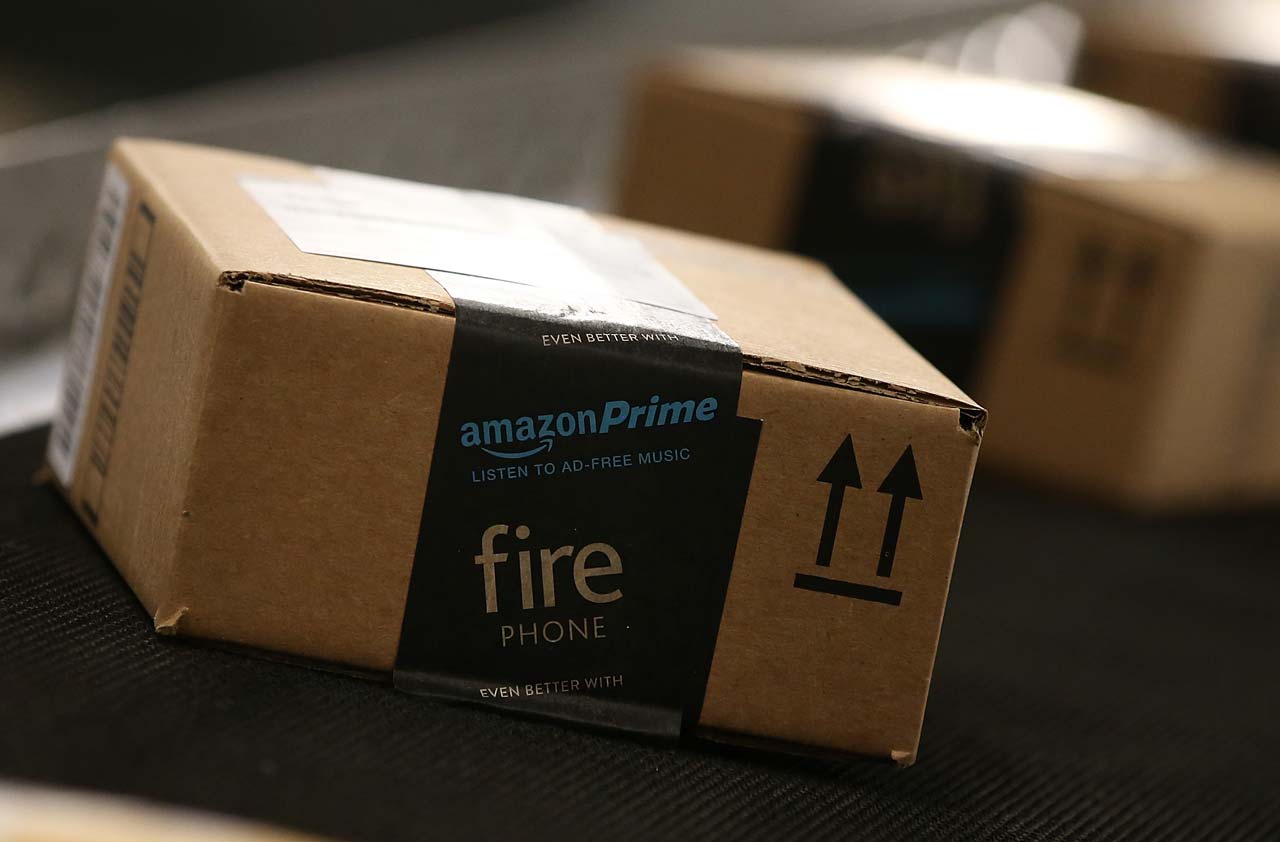 Five Reasons You Shouldn't Shop on Amazon Prime Day
Five Reasons You Shouldn't Shop on Amazon Prime DaySmart Buying Think twice before getting lured into buying a bunch of stuff you don't need just because it's on sale.
By Andrea Browne Taylor Last updated
-
 15 Ways to Prepare Your Home for Winter
15 Ways to Prepare Your Home for Winterhome There are many ways to prepare your home for winter, which will help keep you safe and warm and save on housing and utility costs.
By Donna LeValley Last updated
-
 Six Steps to Get Lower Car Insurance Rates
Six Steps to Get Lower Car Insurance Ratesinsurance Shopping around for auto insurance may not be your idea of fun, but comparing prices for a new policy every few years — or even more often — can pay off big.
By Donna LeValley Published
